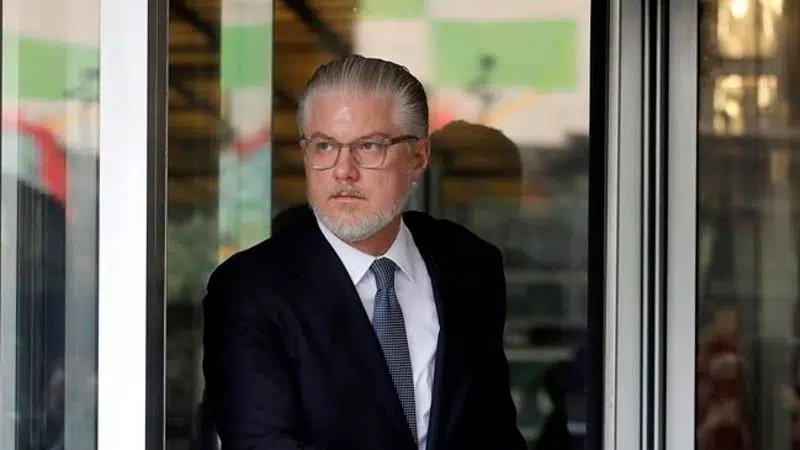
Utility bankruptcy could be costly to wildfire victims
SAN FRANCISCO — Faced with potentially ruinous lawsuits over California’s recent wildfires, Pacific Gas & Electric Corp. filed for bankruptcy protection Tuesday in a move that could lead to higher bills for customers of the nation’s biggest utility and reduce the size of any payouts to fire victims.
The Chapter 11 filing allows PG&E to continue operating while it puts its books in order. But it was seen as a glimpse of the financial toll that could lie ahead for the industry because of climate change , which scientists say is leading to fiercer, more destructive blazes and longer fire seasons.
The bankruptcy could also jeopardize California’s ambitious program to switch entirely to renewable energy sources within a few decades.


